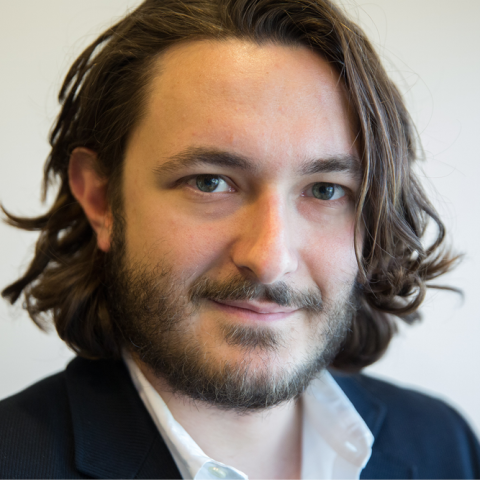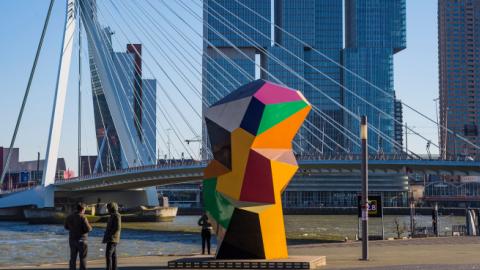**Forget economic anxiety. Rotterdam is a warning that the emerging political fight across Europe really is about cultural assimilation after all.**
I’ve often wondered, “Where is Europe?”
Its essence could never be found in a modern megacity—any place too particular cannot really be “Europe.” It could not be found in too ancient a city either, because truth be told very few Europeans live in ancient homes. Europe, the Europe we live in, is really a continent of suburbs, supermarkets, and business parks, the Europe of Carrefour and le Corbusier knock-offs, its concrete tower blocks hidden behind the cathedrals.
I felt it, Europe as it is, watching the Eurolines pull into Victoria Coach Station, in London, at 6:00 AM, full of bleary eyes—migrants, students, tourists—on busses from Bucharest, Paris, and Rome. I felt it too, watching the truckers pull out of the mist at motorway service stations in Germany; or early in the morning, at the edge of Turin, where African migrants huddle at the camp gates, making plans to reach France. I thought this emotion, this feeling, maybe couldn’t be found in cities at all: Maybe the Europe of the twenty-first century was too diffuse to have a capital, like Walter Benjamin’s Paris was for the nineteenth century, with its arcades and its velvet sedans.
Read the full article in the American Interest "here":https://www.the-american-interest.com/2019/04/29/the-city-of-europes-fu…



















